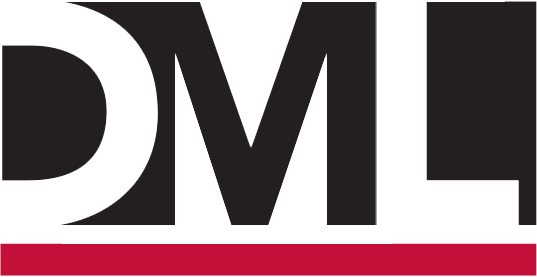Improving Communication and Multidisciplinary Team Work: How to Communicate and Integrate Treatment and Case information
Keynote and Breakout
Description
In problem-solving and treatment courts there are many professionals involved, including but not limited to, judges, attorneys, child welfare professionals, and treatment providers. Clear and transparent communication among professionals in the system improves positive outcomes and promotes recovery.
This presentation will highlight how to communicate and integrate treatment and case information as a team and how to function as a team. Among the questions to be answered include:
How to communicate and function as a team
What case information should be shared?
Who needs what information?
How can you share information appropriately?
How to work with treatment providers who sometimes give too little or too much information, do not integrate safety/risk, etc.
How to work with other professionals who ask too little or too much, and do not integrate treatment information, etc.
What does change look like?
What are the words to use to describe progress and change?
Objectives
Participants will
Review principles of individualized treatment planning and how to engage clients in accountable change.
Identify ASAM Criteria multidimensional assessment that guides what treatment and case management data is needed to develop effective treatment and case management plans.
Demonstrate how to communicate with all members of the multidisciplinary team to track treatment and court plan progress.
